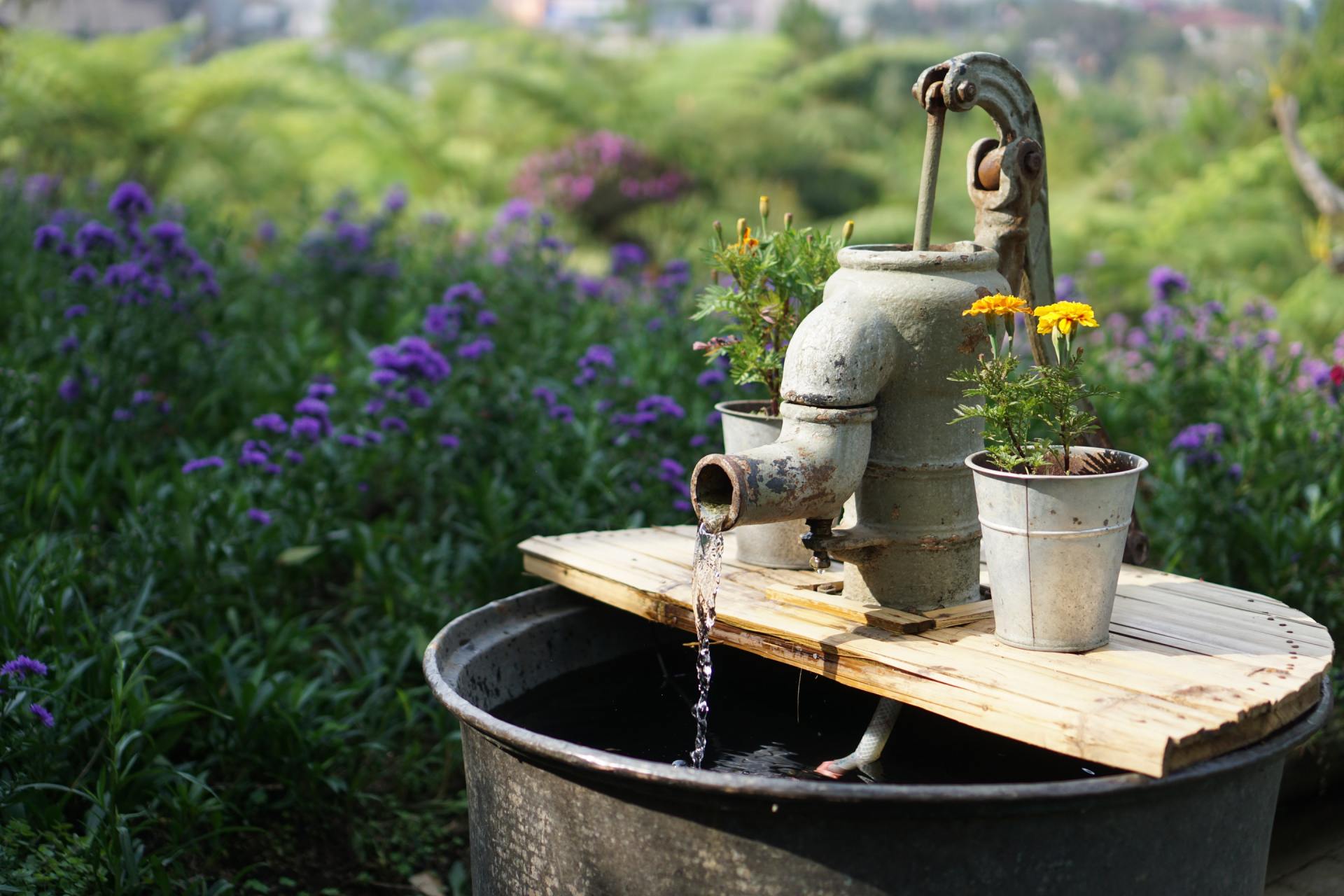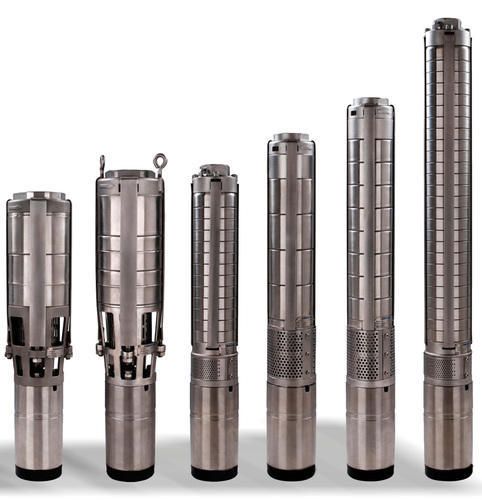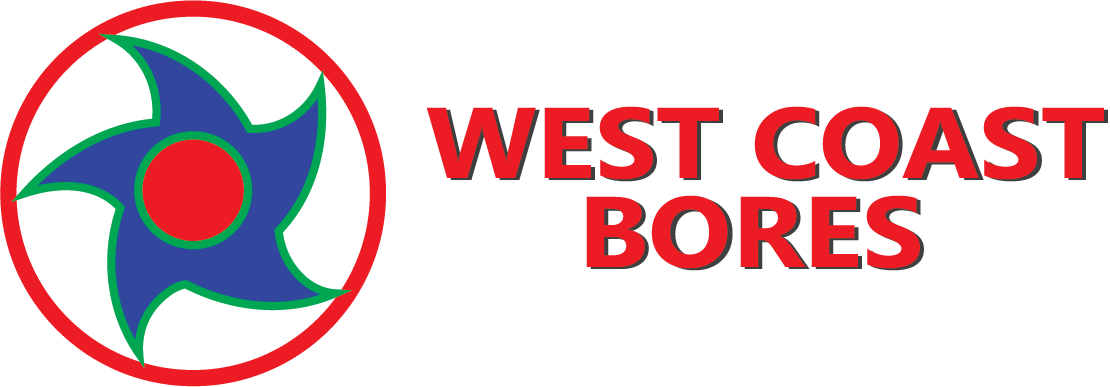Blog Layout
Welcome to our first Blog Post! Ensuring the Proper Long Term Functioning of your Bore Installation
David Henderson, Owner Operator. • January 13, 2020
As Long as Your Fault-Finding is good, Bores can be Repaired or Rehabilitated (most of the time)

Introduction
As a Bore Pump ages, the rate at which water may be pumped (commonly referred to as the Bore yield, flow or performance) tends to decrease, especially in Bores that were not properly developed when first drilled. This fact sheet briefly describes common Bore problems and discusses prevention and rehabilitation measures. West Coast Bores & Retic are specialists at fault-finding, repairs and rehabilitation to your Bore Installation in Perth (North of the River).
Bore Hole Maintenance
Bores require regular maintenance to ensure adequate water flow and continued water quality. To ensure water quality, your bore should be tested annually for total coliform bacteria and E. coli bacteria.
Every three years, additional testing is recommended for pH and total dissolved solids as well as tests related to land uses occurring or expected to occur within sight of the Bore. Additionally, if there are obvious stains, tastes, or odors in water, seek testing that will help identify the source of these symptoms.
Bore Installations should also be inspected annually for obvious signs of damage or contamination. Be sure the area within 30 meters around the bore is clear of debris or items that might pollute the water supply.
Get your Bore Installation professionally inspected by a West Coast Bores & Retic
every ten years. Keep all records related to the Bore Installation including:
Bore Installation completion report or log (if you have it) which should include information such as
- Bore depth, date drilled, construction (including casing specifications, grouting and screen), and bore yield or flow rate in Litres per minute (lpm)
- Water quality test reports
- Past inspection reports
- Invoices from work done by Bore contractors (including pump replacement)
- Water treatment equipment warranties, invoices and manuals
Bore Installation Performance
As a Bore Installation ages, the rate at which water may be pumped (commonly referred to as the yield, flow or performance) tends to decrease, especially in Bores that were not properly developed when first drilled. A drop or complete loss of water production from a Bore can sometimes occur even in relatively new installations due to a lowered water level from persistent drought or over-pumping of the Bore which can dewater the water-bearing zones. More often, reduced Bore yield over time can be related to changes in the water Bore itself including:
- Incrustation from mineral deposits
- Bio-fouling by the growth of microorganisms
- Physical plugging of "aquifer" (the saturated layer of sand, gravel, or rock through which water is transmitted) by sediment
- Sand pumping
- Bore screen or casing corrosion
- Pump damage
Bore Rehabilitation
Measures taken to correct these problems are referred to as Bore rehabilitation or restoration. A successful Bore rehabilitation will maximize the flow of water from your Bore. The chances for successful rehabilitation are dependent on the cause(s) of poor Bore performance and the degree to which the problem has progressed.
Upon noticing loss of performance in your Bore, get West Coast Bores & Retic
to inspect your Bore.
A common measure of the delivery of water by a water Bore is referred to as the "specific capacity" which is defined as the pumping rate (Litres per minute) divided by the drawdown or increased depth to water during pumping (in metres).
Generally, a decrease of 25% or more in yield indicates that rehabilitation is required. Delaying rehabilitation procedures can significantly increase costs and in some cases make rehabilitation impossible.
To detect deterioration of your Bore performance, you must have a point of reference. Often this reference is the original Bore construction and pump test data which are normally supplied to you by the Bore driller on a completion report or log when the Bore is installed. However, even if you do not have this information, significant changes in your Bore are also a warning sign. Major changes in any of the following Bore Installation characteristics is an indication that your pump is in need of attention:
- Decreased pumping rate
- Decreased water level
- Decreased specific capacity
- Increased sand or sediment content in the water (cloudiness)
- Decreased total Bore depth
The most common problems we encounter in a Bore Installation are:
- Iron bacteria and iron oxide are two of the most common enemies of borehole pumps.
- Inadequate Water level in the Bore Installation
- Voltage unbalance - most commonly occurs when there is incorrect sizing of drop-cables and when unequal voltage is sent to each winding.
- Loss of prime in your Centrifugal pump
- Significant changes in temperature, especially overheating, is the most common form of submersible motor failure.
- Hydraulic loading (commonly referred to as water hammer), is another common problem for submersible motors.
- High risk events like storms and lightning strikes can cause spikes in voltage that the motor insulation is not designed to handle.
The most common methods to rehabilitate a Bore Installation are:
- Chemicals to dissolve the encrusting materials from the Bore
- Physically cleaning the Bore
- Physical methods include using a brush attached to a drilling rig, high pressure jetting, hydrofracturing, and Bore surging.
Generally however, we work hard to find the core issue affecting your Bore's performance, and if its fixable, we'll fix it!
Follow Us
©
Copyright
2019 -
boresandretic.com.au


